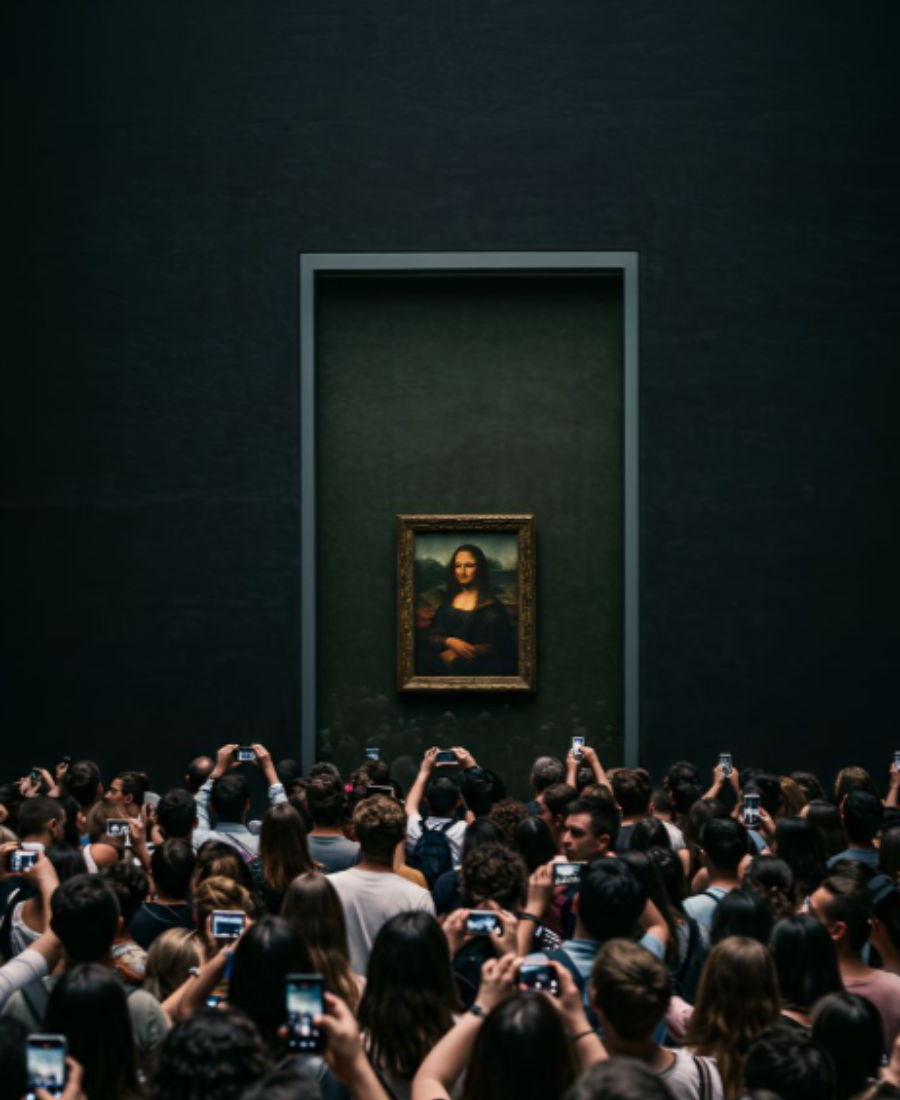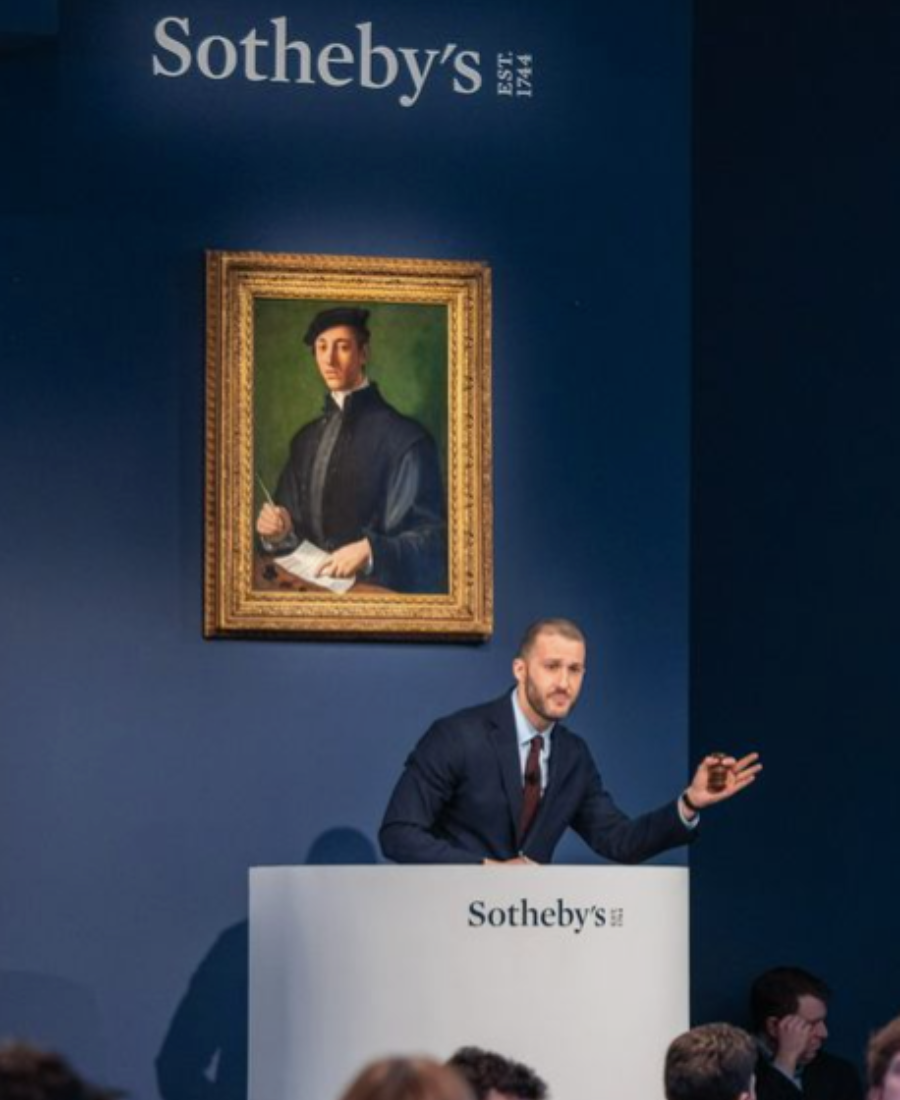Facing the Canvas
Step into any gallery, and you will find yourself face-to-face with works that command silence. A lone figure rendered in shadow, a defiant splash of color, or a marble form so lifelike it seems to breathe, these are not merely images or objects. They are what we call masterpieces. But what exactly earns a work that elusive title? What separates the great from the good, the unforgettable from the familiar?
Whether you are new to the art world or simply seeking to sharpen your eye, understanding what makes a masterpiece is less about memorizing artist names and more about learning how to see. Here is your guide to navigating the visual world with intention, and perhaps even discovering your own taste along the way.
Defining a Masterpiece
There is unspoken truth few in the art world will admit: “masterpiece” is not a fixed category, it is a construct. Originally used during the Renaissance to denote a craftsman’s qualifying work for a guild, the term today exists somewhere between myth and market. While museums and critics may anoint certain works as masterpieces, public perception and cultural shifts play a powerful role in shaping what the term means.
Still, certain qualities continue to appear again and again in works that stand the test of time: technical excellence, innovation, emotional resonance, and cultural significance. A masterpiece does not just reflect its time, it often changes it.
The Emotional Encounter
If you have ever stood in front of a painting and felt inexplicably moved, you have already experienced one of the most important aspects of art appreciation: emotional response. The greatest works of art speak to something ineffable. They provoke, comfort, and confront. They demand a reaction.
Take, for instance, Edvard Munch’s The Scream, a writhing, almost abstract figure against a blood-orange sky. You do not need a doctorate to feel its anxiety. Or consider Vermeer’s Girl with a Pearl Earring, whose quiet gaze follows you from across the room. That subtle intimacy is the power of art at its highest form, the ability to connect across centuries, language, and experience.
Tip: When visiting a gallery, allow yourself to gravitate toward what catches your eye before reading the plaque. Your instinctual response is where your appreciation begins.
Mastery of Technique
While emotion matters, it is not everything. The term “masterpiece” implies mastery: of form, color, proportion, or movement. Whether it is the breathtaking realism of Michelangelo’s David or the radical brushwork of Van Gogh’s Starry Night, great works often reveal extraordinary command of technique.
Even contemporary conceptual artists, who may deliberately reject traditional methods, are often deeply aware of the rules they are choosing to break. Their rebellion is, in itself, a kind of fluency.
So how can you recognize technique? Look closely at the details: brushstrokes, texture, and use of light. Consider how the artist directs your eye across the canvas or composes space. These are the fingerprints of a master at work.
The Art of the Unseen
A masterpiece does more than repeat the past, it breaks new ground. Picasso’s Les Demoiselles d’Avignon was scandalous in 1907; today, it is seen as the birth of Cubism. Marcel Duchamp’s urinal, Fountain, upended the very definition of art.
The point is this: masterpieces often disrupt, whether through content, form, or context. They change how we see the world or how we understand art itself.
As a viewer, ask: What is this artist doing differently? How does this work challenge expectations? Innovation is not always obvious, but it is almost always present in work that rewrites the rules.
Cultural Context: Time, Place and Power
Art does not exist in a vacuum. The more you understand about the world in which a work was created, the richer your experience will be. Rembrandt’s portraits speak volumes about 17th-century Dutch society. Frida Kahlo’s self-portraits are inseparable from Mexican identity and personal pain.
Increasingly, the art world is re-evaluating what counts as a masterpiece through a broader, more inclusive lens. Works by women, Indigenous artists, and creators outside the Western canon are now being rightfully recognized for their brilliance and influence.
To appreciate a work’s significance, consider who made it, when, and why. What risks did they take? What conversations did their work start, or silence?
Developing An Eye for Art
Great art appreciation starts with curiosity. You do not need a background in art history to form valid opinions. In fact, some of the most meaningful insights come from paying attention to your own reactions.
Here are a few questions to guide your journey:
- What is the first thing I notice?
- How does the work make me feel?
- What choices did the artist make, and why?
- Does this remind me of something else I have seen?
- What might this have meant when it was first created?
Where to Begin
Not sure where to start? Here are a few modern and historical masterpieces to seek out, in person or online:
- Claude Monet, Water Lilies: Sublime impressionism in motion
- Jean-Michel Basquiat, Untitled (1981): Raw, explosive, and haunting
- Georgia O’Keeffe, Black Iris III: Bold, intimate abstraction
- Henri Matisse, The Red Studio: A radical shift in modern perspective
- Zanele Muholi, Somnyama Ngonyama: A contemporary series of breathtaking power
The Masterpiece Within
Ultimately, art appreciation is not about agreeing with critics or memorizing dates. It is about opening yourself to a deeper way of seeing. A masterpiece is not a label, it is an experience. And the more you engage with art, the more you will come to trust your own perceptions. Because here is the truth: the masterpiece is not just on the wall. It is in your gaze. In what you notice. In the questions you carry home long after leaving the gallery. In a world built for distraction, taking the time to truly look is an act of defiance and devotion. Art is not just for the elite. It is for anyone willing to pause and see.



